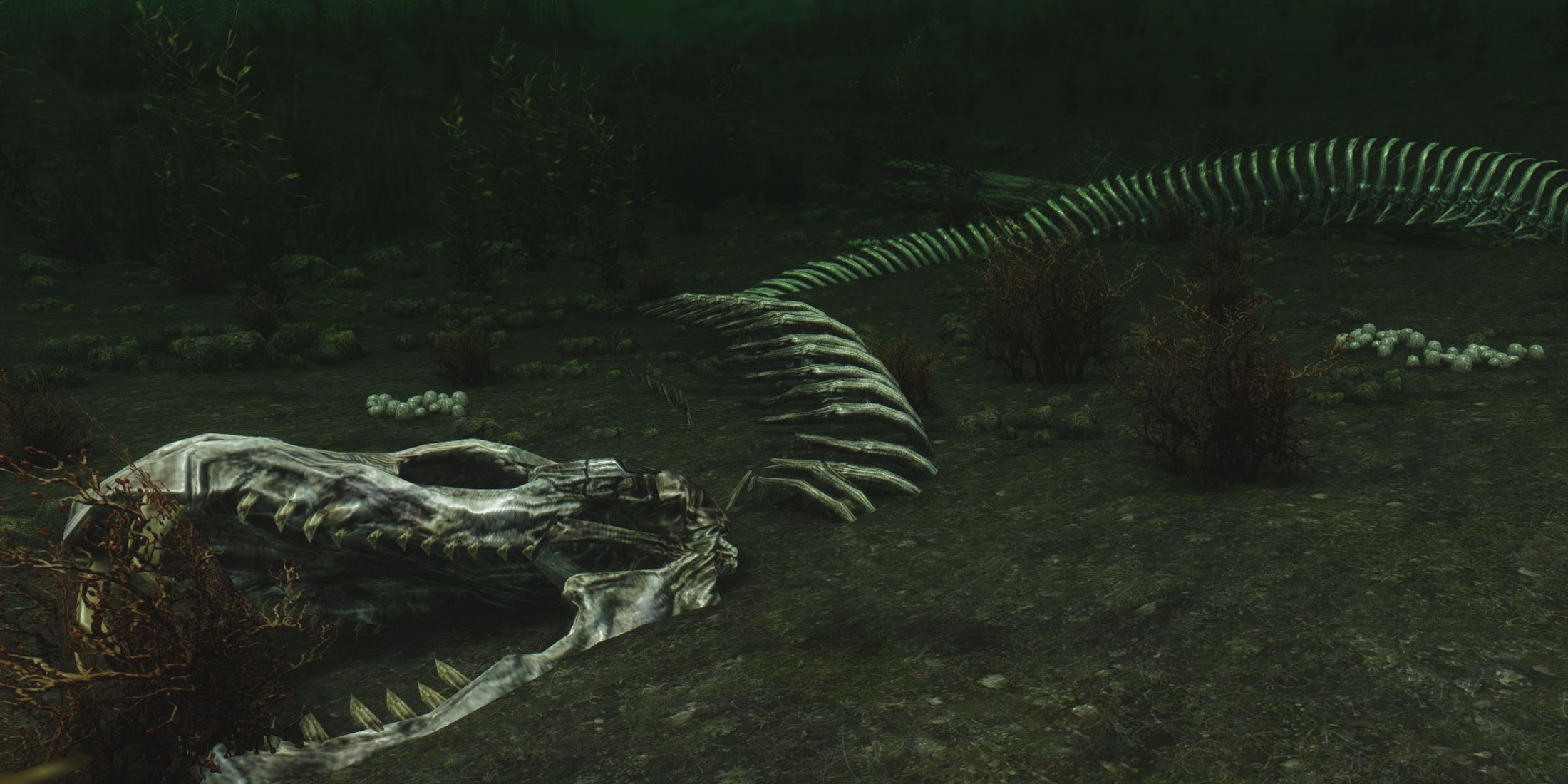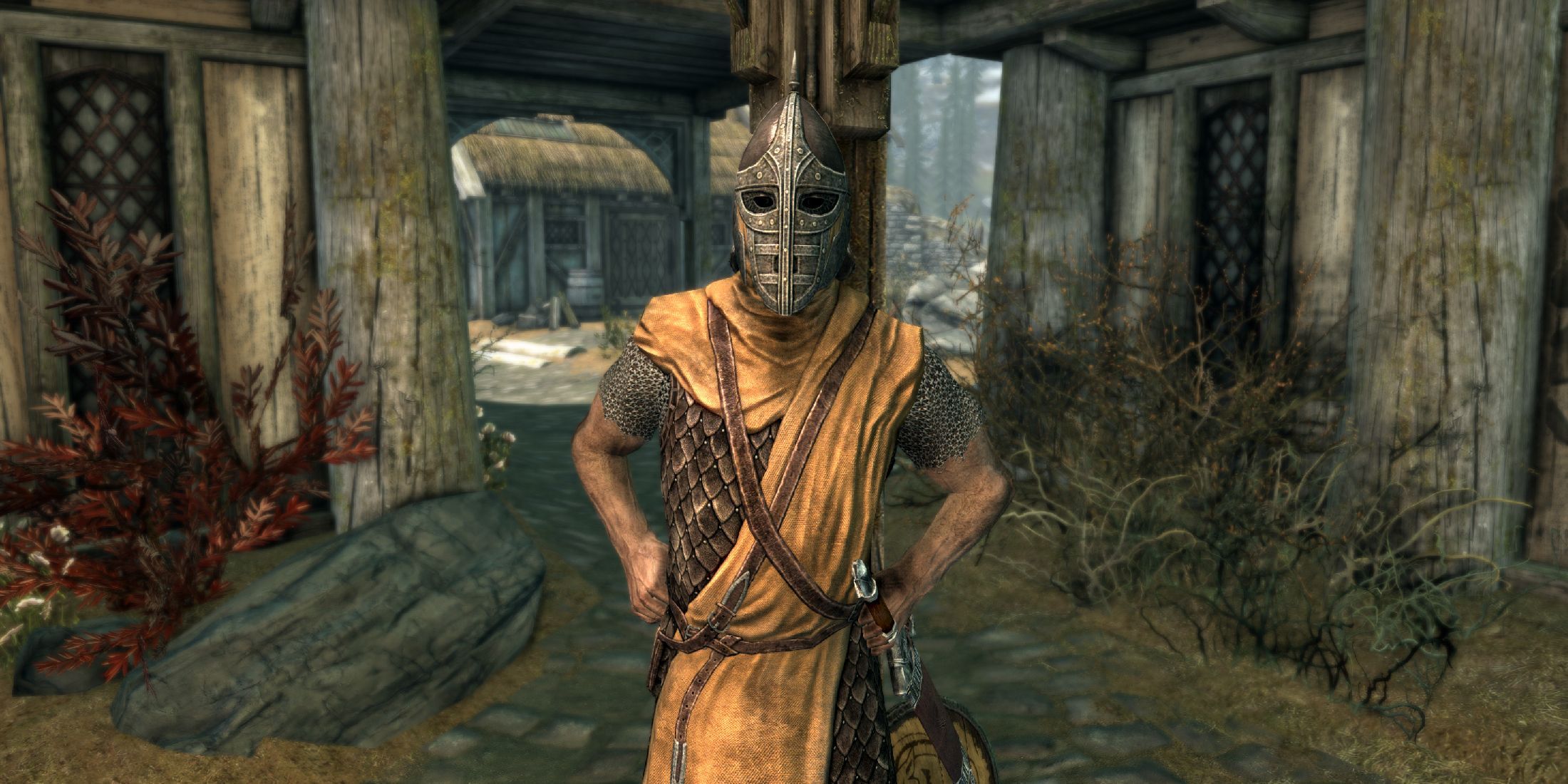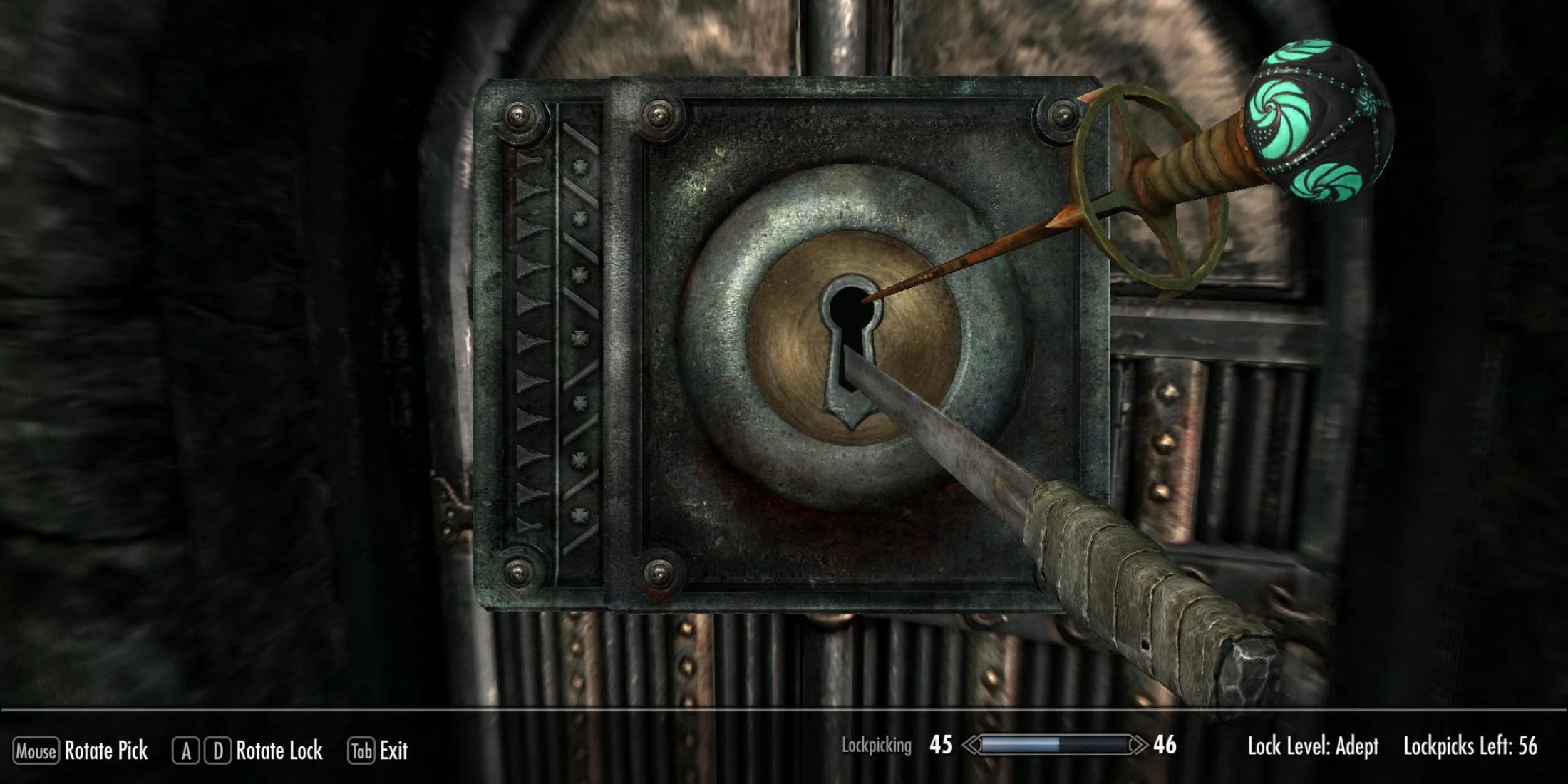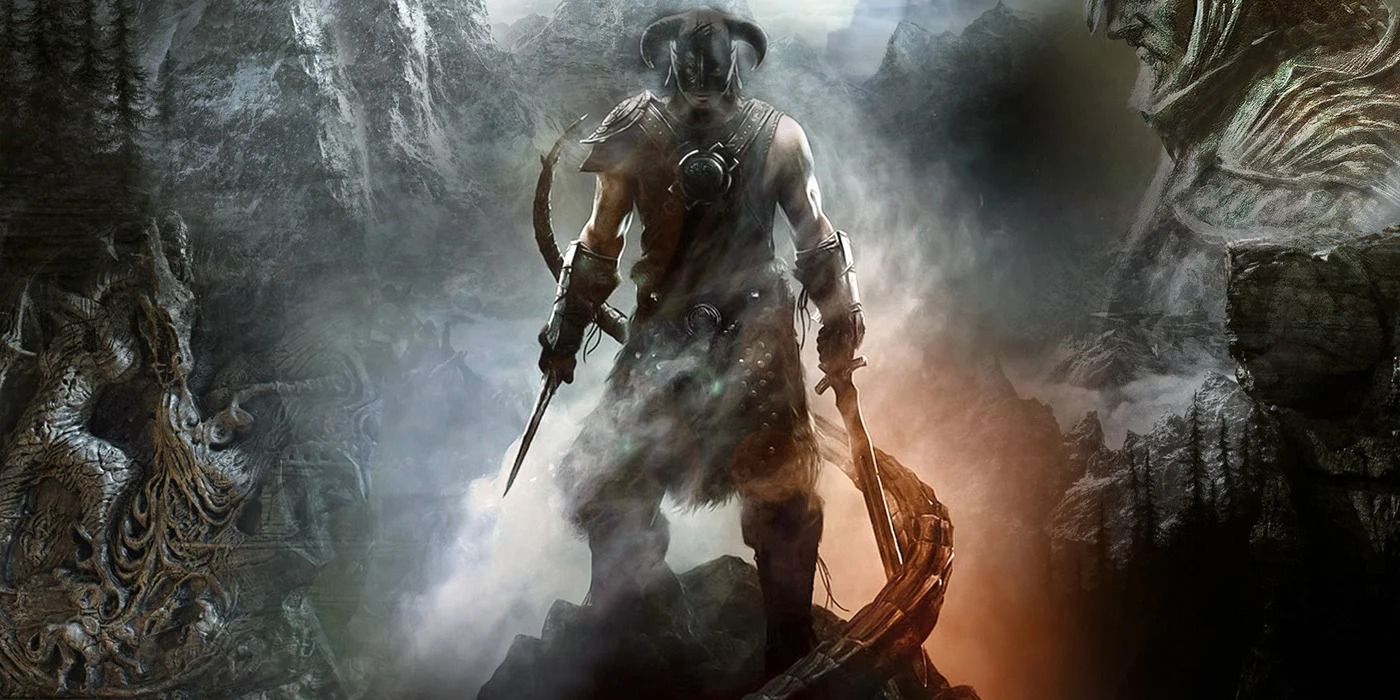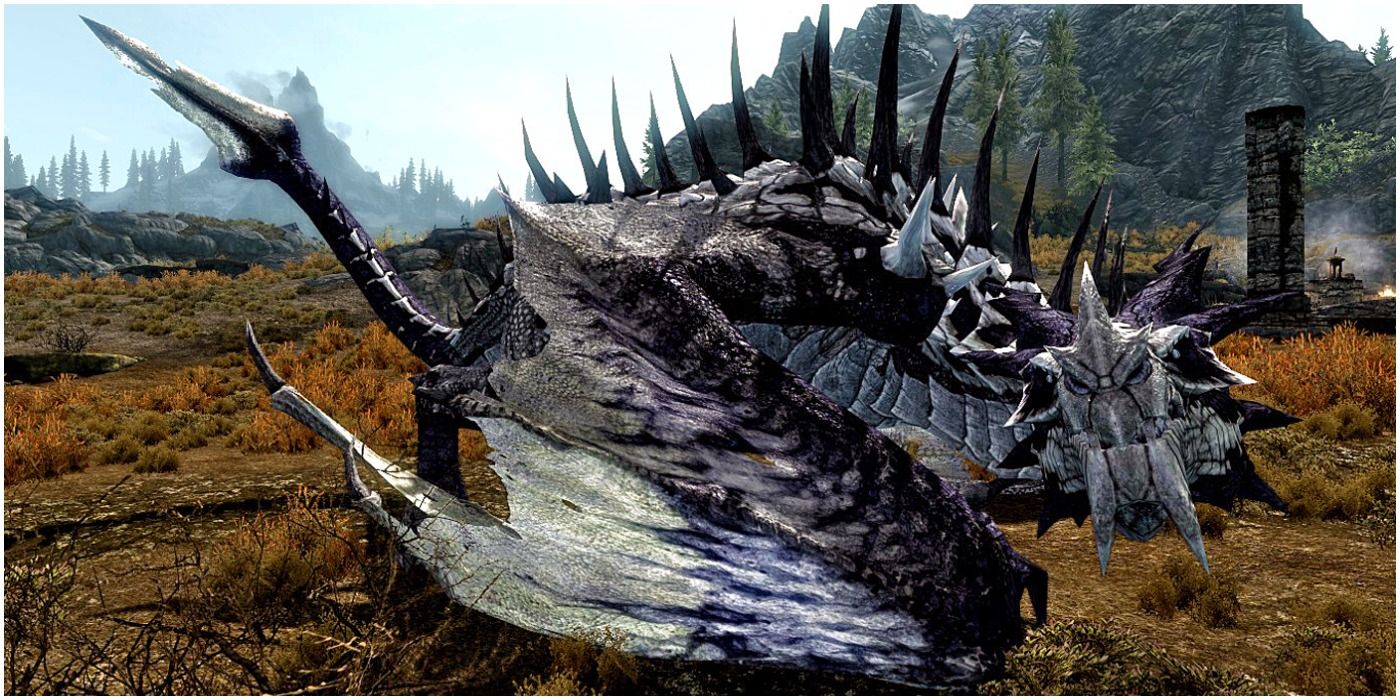Announced at E3 2018 as being in pre-production, it is safe to assume that development of The Elder Scrolls 6 is well underway. In the almost two years since ES6’s logo was first shown against the backdrop of a rolling, mountainous vista, Bethesda have kept details of setting, gameplay and defining features under close wraps.
The recent headline news regarding potential leaks, since revealed to be false, has if nothing else rekindled speculation on what’s going on behind closed doors. Over the near-decade since Skyrim raised the bar for open world design, Bethesda has worked to make sure that its most successful title is available on just about every console that can run it. If Todd Howard’s jokes about Skyrim’s re-releases aren’t enough to go on, one component of its follow-up seems guaranteed by the series’ history: Elder Scrolls 6 will be far removed from the Nordic tundra players have become well acquainted with over the years. In fact, it’s unlikely that the events of Skyrim will matter at all in the next game.
One of the biggest criticisms levied against Skyrim’s 2006 predecessor, Oblivion, was the disappointing change of direction from the notably more bizarre land of Morrowind. Where Elder Scrolls 3 focused on a more sinister and uncanny fantasy setting, Oblivion’s Cyrodiil was a comparatively traditional medieval fantasy world. Dubbed the cosmopolitan capital of Tamriel, a combination of safe design choices and recycled environments across the expansive province meant the experience could feel tonally uniform.
Skyrim, with its deep pine forests, frozen snowscapes, striking mountain ranges, and culturally-specific stylistic changes from area to area, addressed the criticism with such aplomb that Bethesda undoubtedly crafted one of the most compelling game worlds of the past ten years. By the time Skyrim was released, the tech on display in Oblivion was clearly aging at an alarming rate, but Skyrim still holds up remarkably well.
So much of the developmental direction of Skyrim was inspired by the room for improvement that Oblivion left behind, and it’s safe to assume the next mainline Elder Scrolls game will take players somewhere stylistically remote from what came before. Elder Scrolls 6 looks sure to tackle a game world near-unrecognizable from the cold northern reaches. Whether that’s in Hammerfell and High Rock, Elsweyr, the Summerset Isle or somewhere else in Tamriel, players can expect to be geographically fenced off from Skyrim, just as it was disconnected from Cyrodiil, and Cyrodiil was cut off from Morrowind before that.
The grand narratives of Elder Scrolls games are rarely important to their follow-ups, either. Oblivion’s story of Martin Septim and the Amulet of Kings, or indeed of his taking the form of dragon god Akatosh to fend off Daedric Prince Mehrunes Dagon, takes next to no precedence in Skyrim. The invasion of Oblivion, a catastrophic event that leveled cities around the capital province, is little more than a footnote in its successor’s lore books.
Skyrim’s political landscape, some 200 years after the events of Oblivion, is also drastically different. Where once the Empire’s security was most threatened by a potential gap in succession, in Skyrim its fragmentation and the dissolution of its citizens forms the basis of the narrative’s core conflicts. Bethesda could easily use another time jump to build the world of Elder Scrolls 6 without being bound to the events of Skyrim. Nevertheless, Skyrim’s conflicts were so insular that a time jump may not be necessary to accomplish this.
Deciding against a time jump does raise a key question for continuity but, where Skyrim seized the opportunity to build on Oblivion’s setting, there is plenty of scope to diverge from the way the Elder Scrolls 5 worked on a narrative level too. One of most defining and game-changing decisions players make in Skyrim is whether to side with the Empire or the Stormcloaks: imperialism or nationalism. The nuances of the decision should be vast but end up feeling quite muted.
On the face of it, choosing the Empire reflects valuing progress through unity at the expense of sovereignty, whereas choosing the Stormcloaks signifies respect for tradition and state-wide autonomy at the cost of progressing (or diminishing) in step with the rest of the continent. The reality of the decision - such as some context of what the Empire offers Skyrim as part of a united Tamriel over what is available to it as an independent state - isn’t made clear to the player in any meaningful way. The decision can be boiled down to a selection between red and blue, and the beats of each storyline are nigh-identical save for the locations of major events.
There’s a great opportunity to build on this dynamic with added layers of risk and reward. Asking players how they want to influence a world is a popular concept, but the decisions that lead to that influence ought to hold more weight than which color the player prefers, or which NPCs they’re already familiar with. The outcomes of those decisions should feel more distinct than they are in Skyrim, too. In The Elder Scrolls 6, as with the likes of the Infamous series and, more recently, the decision to leave the Milky Way behind for Mass Effect: Andromeda, Bethesda can either decide which choice is canon or, by some machination, make it irrelevant. Perhaps, in the interstitial period between Elder Scrolls 5 and 6, Skyrim has been conquered by someone else or has been destroyed by some cataclysm.
Finding a satisfying way to respect the player’s decision from previous titles is a rarely solved challenge in gaming, and it’s likely that the events of Skyrim will only be mentioned in passing in Elder Scrolls 6. Luckily for Bethesda, the superficiality of whichever side was taken in the Elder Scrolls 5 will likely stir up less volatile emotions than the conclusion of Mass Effect 3 and the way Bioware handled that already notorious minefield for Mass Effect: Andromeda.
It wouldn’t be right to discuss a follow-up to Skyrim without making mention of its dragons. The centrepiece of Skyrim’s gameplay, as of the close of its main questline, remains unresolved. Dragons continue to appear throughout the province even once the rest of the game has been cleared, and their resurrection’s impact on the rest of Tamriel is never addressed. A line will be drawn here as well: were the dragons, canonically, vanquished at the end of Skyrim, or have they endured beyond its events? There are ways to avoid this challenge too. After all, the Elder Scrolls 6 may be set prior to anything yet seen in Tamriel, although this seems unlikely given that the Elder Scrolls Online is already set well before the events of Skyrim.
As far as safe bets go, however, the Elder Scrolls 6 will most likely follow in the steps of its predecessors by compartmentalizing their relevance and moving on. Challenges to lore and continuity that have previously been addressed by in-game books and snippets of dialogue appear set to follow the same tactic as before, but a lot of time has passed since Skyrim was released.
The bar for narrative, gameplay, and world design has been raised even higher in the past decade, inspired in part by the massive strides that Bethesda made with what many consider to be their finest game yet. It is extremely exciting to consider how Bethesda will rise to reclaim their position at the cutting edge of triple A action RPGs; fingers crossed that one way will be to iron out their famous bugs with a new console generation and a new engine to build from.
The Elder Scrolls 6 is currently in development.

